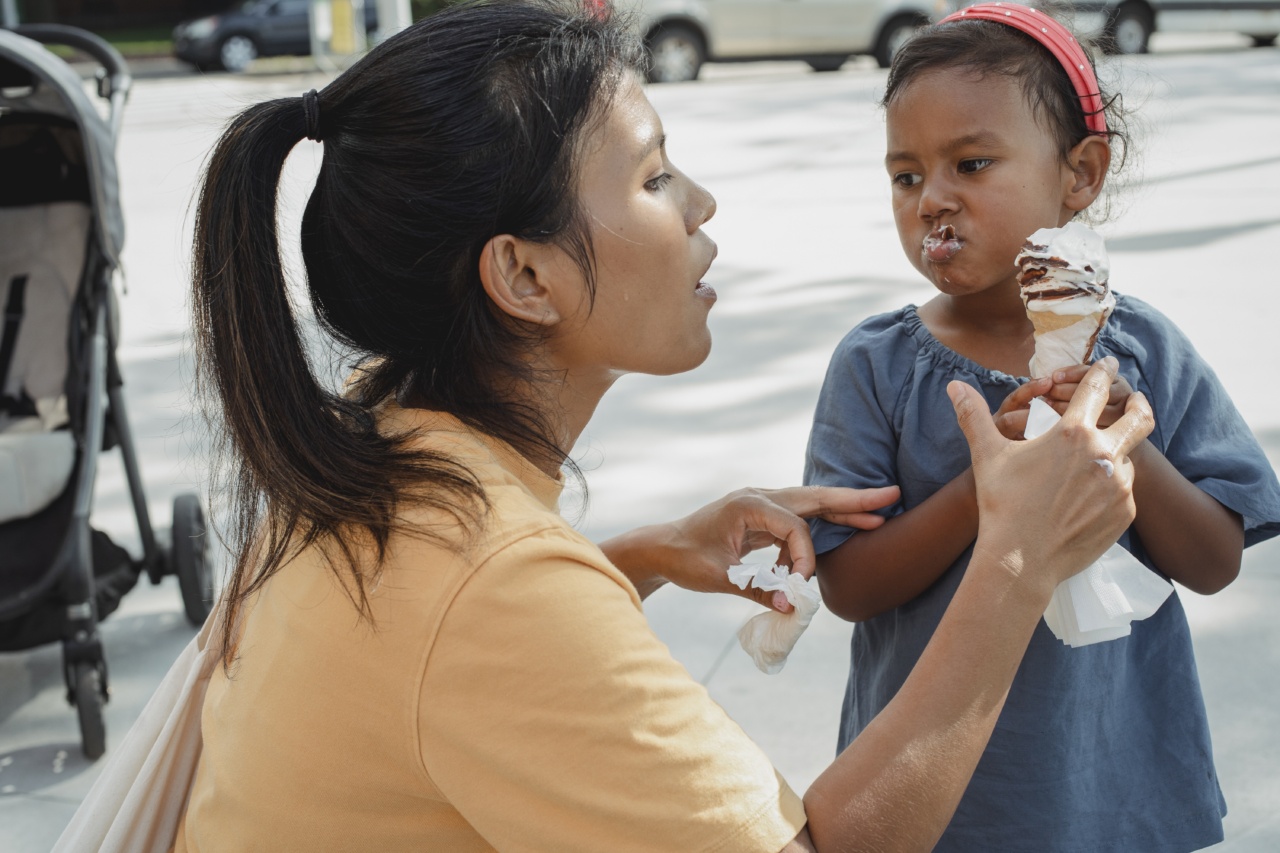Bronchiolitis is a common respiratory illness that affects infants and young children. It is characterized by inflammation of the bronchioles, which are the smallest airways in the lungs.
This condition is typically caused by a viral infection, most commonly respiratory syncytial virus (RSV). Bronchiolitis tends to occur in seasonal patterns, with certain seasons being associated with higher rates of infection. In this article, we will explore which season is most commonly associated with bronchiolitis in infants.
Understanding Bronchiolitis
Before we delve into the seasonal patterns of bronchiolitis, let’s briefly understand the condition itself. Bronchiolitis typically affects infants between the ages of 3 and 6 months, although it can occur in children up to age 2.
The illness begins with symptoms similar to those of the common cold, such as a runny nose, cough, and fever. However, as the infection progresses, the small airways in the lungs become inflamed and narrowed, making it difficult for the child to breathe.
Seasonal Patterns of Bronchiolitis
Various studies have indicated a clear seasonal pattern in the occurrence of bronchiolitis in infants. The exact timing and severity of this pattern can vary based on geographical location, but certain trends have been observed globally.
Winter: The Peak Season
Winter months, particularly December through February in the northern hemisphere, are commonly regarded as the peak season for bronchiolitis. This is believed to be largely due to the prevalence of RSV, the primary viral cause of bronchiolitis.
RSV thrives in cooler temperatures and low humidity, making winter an ideal season for its transmission.
Spring and Fall
While winter is the peak season, bronchiolitis can also be seen during the transitional periods of spring and fall. In regions with milder climates, these seasons may exhibit a slightly higher incidence of infections compared to the summer months.
Summer: A Relative Respite
Contrary to the other seasons, bronchiolitis tends to be less common during the summer months. The warmer weather and increased humidity may contribute to a less favorable environment for the survival and transmission of respiratory viruses such as RSV.
However, it’s important to note that bronchiolitis can still occur in infants during summer, albeit with reduced frequency.
The Impact of Regional Factors
It is crucial to consider regional factors when assessing the seasonal association of bronchiolitis. Geographical location, local climate, and cultural practices can influence the timing and severity of bronchiolitis outbreaks.
For instance, in some countries, the timing of the RSV season may differ significantly from the northern hemisphere, aligning more closely with their winter months.
Prevention Strategies
While bronchiolitis remains a common respiratory illness in infants, there are measures that can be taken to reduce the risk of infection.
Good hand hygiene, particularly frequent handwashing, is crucial in preventing the spread of RSV and other respiratory viruses. Additionally, avoiding close contact with individuals who have respiratory infections can help protect infants from exposure to bronchiolitis.
Treatment and Care
If an infant develops bronchiolitis, the primary focus of treatment is supportive care. This may include ensuring adequate hydration, using saline nose drops to alleviate nasal congestion, and providing a comfortable and properly humidified environment.
In severe cases, hospitalization may be required for monitoring and supplementary oxygen therapy.
Conclusion
Bronchiolitis is a respiratory illness that predominantly affects infants and young children. While it can occur throughout the year, there is a clear seasonal association, with winter being the peak season for bronchiolitis.
The cooler temperatures and lower humidity during this time create an ideal environment for the transmission of viruses, particularly RSV. By understanding these seasonal patterns and implementing preventive measures, such as good hand hygiene and avoiding close contact with sick individuals, we can help protect infants from bronchiolitis.






























